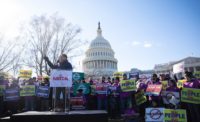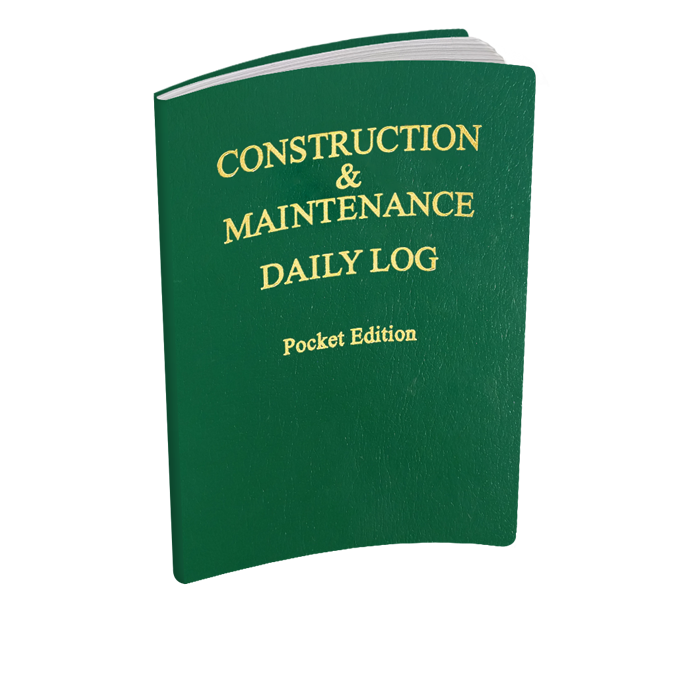Recently, national attention was focused on the prospect of “Carmageddon” in Los Angeles brought about by the closure of 10 miles of Interstate 405 during a weekend. But the most contentious highway project in the region, the I-710 Freeway, remains uncompleted. In May 2010, after 50 years of debate and false starts, the Los Angeles

County Metropolitan Transportation Authority funded the environmental impact report for finishing with a toll tunnel the last 4.5 miles of this section of its freeway core. Currently, northbound vehicles on I-710 exit onto Valley Boulevard, where the freeway ends, and the traffic continues on local streets in Alhambra, South Pasadena and Los Angeles. The extension would link I-710 to I-210, but the final route is not settled.
Fifty F years is actually not such a long time for a major project. The Corinth Canal took more than 1,800 years to finish. The Eurotunnel took 250 years to complete, and New York City's East Side subway tunnel took 82 years to finish.
About the same number of daily vehicle trips (200,000) diverted by the I-405 closure are diverted everyday to secondary roads and local streets as a result of the I-710 gap. About half these trips add congestion to other freeways, and about half tie up neighborhood streets. Thus, the need for the I-710 link should be beyond dispute. Los Angeles citizens want the freeway completed by a 6-1 margin. After completion, the daily reduction in vehicle miles will equal nine trips around the world, saving 35,700 gallons of fossil fuel and dramatically reducing air pollution.
For a long time, clear need and pervasive public support wasn't enough. A small but highly organized, vocal group delayed the project by learning exactly where to insert monkey wrenches into the gears of public process. They made the project appear controversial; but the freeway system cannot function as it should with this gap, hence the final link is going forward.
How To Avoid Delays
The go-ahead for the I-710 project offers lessons for other unfinished transportation projects that are much needed but controversial.First, costs rise with every postponement. The I-710 tunnel's multibillion-dollar cost will seem like a bargain in a few years. The original 1959 cost of $6 million seemed astronomical at the time.
Second, face the problem head-on, now. It will not get easier. Naysayers have no expiration dates. Elected officials are put in office to make tough decisions and lead.
Third, do as Europe has done in response to urban density: use tunnels. The I-710 solution is similar to the A86 highway solution in Paris—that is, the A86 runs under the fragile Palace of Versailles.
Fourth, until recently, America's strategy for funding highways has favored gas taxes over tolls, a policy forged over 35 years by former U.S. road czar Thomas MacDonald. This tactic worked at first, but we did not find the political will to raise gas taxes as costs escalated. Worse, we wistfully began diverting some gas taxes to transit from roads. The national bias against tolls is almost a century old, but this is not 1919. Now, tolls make sense.



